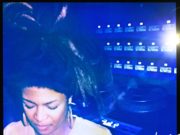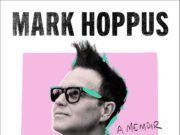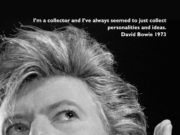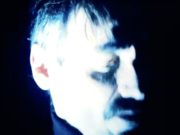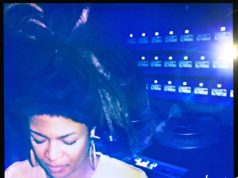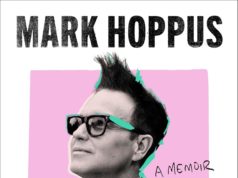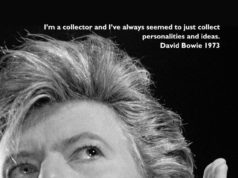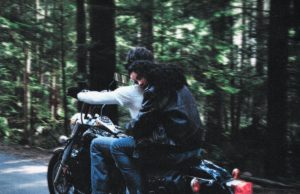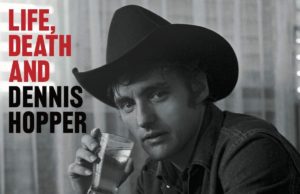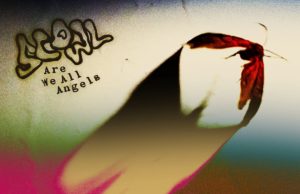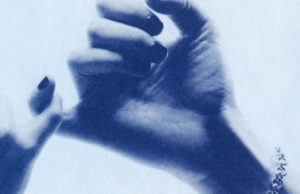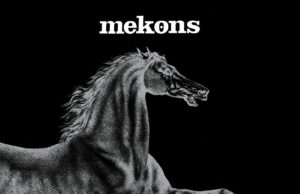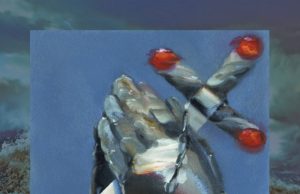This came out in 2004 – or at least that’s when I got it. Here’s what I said about it back then (with some minor editing):
How do you define success? Is it fame and fortune? Prestige and privilege? Recognition? Love? Whichever ones you pick, it would seem Diana Krall isn’t hurting. She’s got talent, beauty, hit albums, a shelf of awards, and a new husband in none other than Elvis Costello.
But with her eighth album The Girl in The Other Room, Krall seems to be saying that for her, the true measure of success is artistic self-determination. On this dozen-song effort, the acclaimed jazz singer-pianist has taken a more hands-on role in her career and her music than ever before: She co-wrote half these cuts with Costello. She co-produced the album with longtime collaborator Tommy LiPuma. She has traded in her swellegant torch-singer look of old for a more natural, up-to-date style. And perhaps most significantly, she has moved away from the jazz standards that defined her early career in favour of rootsier, more contemporary material by the likes of Tom Waits, Joni Mitchell and Chris Smither.
If it sounds like Krall is trying to turn herself into another Norah Jones, well, no. Granted, there’s plenty of common ground to be found between the two women. But Krall, despite her changes, remains more of a jazz artist than Jones. Whether she’s revamping Waits’ Temptation into a sultry seduction, swinging the blues on Smithers’ steamy Love Me Like A Man (as covered by Bonnie Raitt) or spreading her wings with Joni’s poetic Black Crow, Krall sticks to the jazz-club style and sound that have served her well for a decade. Indeed, if you didn’t know a word of English, you couldn’t spot the difference between the pop covers and jazzier fare like her smoky take on Mose Allison’s Stop This World, her gorgeous reading of Costello’s haunting Chet Baker homage Almost Blue and her poignant version of the Billie Holiday chestnut I’m Pulling Through.
The finest moments here, though, are also the most personal ones: Six collaborations between Krall and hubby Elvis. Similar in mood to the sombre, romantic fare on his latest disc North — which was basically a love letter to Krall — ballads like the bluesy I’ve Changed My Address, the soulful Narrow Daylight and the heartbreaking Departure Bay are so beautifully crafted and powerful you’ll wonder why she ever bothered playing cover tunes all those years.
Sure, the purists will scream sellout. And Diana will probably become an even bigger star than she already is. But never mind any of that. What really matters is that The Girl In The Other Room is the most personal, ambitious and fully realized album of Krall’s career. And that’s a success no matter how you define it.


